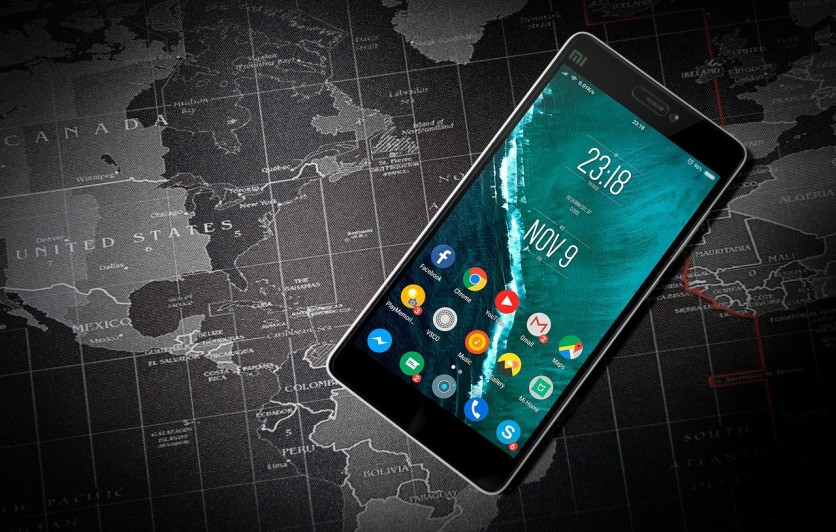Android may be one of the planet's most common operating systems, but there is no hiding from one of its most annoying flaws. Unlike Apple's iOS, where millions of iPhone models are being treated with the most up-to-date software, Google's rival software remains hugely disjointed with users unable to get the latest version, Android 10.

In reality, Statcounter 's latest stats say that 34% of all Android smartphones and tablets still use Android 9.0 Pie, and 18% use Android 8.0 Oreo. Worst of all, a vast number of smartphones still run Android versions that are obsolete years old. However, on Thursday, July 9, Google said it's getting better at upgrading Android due to under-the-hood modifications and policy changes it's made for the app.
What made the Android users hold back from updating?
Google said last year's free update, Android 10, was running on 100 million devices five months after it was launched.
The search giant also said that it rolled out its COVID-19 contact tracing tools, part of a joint project with Apple, over a month to 2 billion devices.
Android is the world's most prevalent mobile operating system, running approximately nine out of 10 global shipped smartphones. But the biggest challenge Google faces with new Android versions is getting them on people's phones. The industry calls it "fragmentation" because wireless carriers and handset makers can slow down the process.
The issue highlights one of the biggest obstacles Google encounters when competing with Apple. Unlike Android, 92 percent of Apple's iPhones are on iOS 13, its previous operating system version. Late last month, the company revealed iOS 14.
Will the update clear the roadblocks?
One reason for making Android updates faster is Project Treble, an initiative announced three years ago that attempts to clear away some roadblocks between consumers and new Android versions.
Though Google is developing Android, it's up to device manufacturers and wireless carriers to sign it off before it reaches consumers. That's because they usually add their own apps and flourish. Before putting them on phones and other gadgets, they have to test everything. But it does make a pit stop with chipmakers like Qualcomm even before the software gets to handset makers like Samsung and LG, or carriers like Verizon and AT&T.
With Project Treble, Google has divided the specific code chipmakers about making finding everything in one location easier for them. The goal is to cut the amount of time it takes for updates to flow from chipmakers to devise makers down the pipeline.
Google also said it's dependent on a group of tools called Google Play Services to deliver faster updates Thursday. The tools let Android sidestep some fragmentation problems by directly pushing updates without device and wireless partners' approval. Google Play Services are typically used by the company to update its own apps, such as Gmail and Maps, and push changes like a new app icon.
In May, Google utilized Play Services to roll out the company's contact tracking tools. The software update was part of a joint project with Apple to track COVID-19 spread using iPhones and Android phones. Google said Thursday it pushed the software out in four weeks to two billion devices.
ⓒ 2025 TECHTIMES.com All rights reserved. Do not reproduce without permission.




